Berber carpets never really went away. They’ve been around in homes for a while, especially in busy houses. Something about the way loops sit tight, how they don’t flatten quickly; it just works. Doesn’t feel fancy, but somehow still looks clean.
With Berber flooring, it’s not just about looks. It’s how the loops handle mess, footsteps, kids, and furniture movement. Some people pick it just because it doesn’t show dirt that fast. In today’s post, we’ve explained some of the most stunning ideas involving Berber flooring.
Why Berber is Still Picked for Modern Homes
It’s not glossy like velvets or soft like plush piles. But Berber has that grainy, textured feel that’s both tough and neat. Spills don’t sink easily, and vacuuming’s quicker. And in busy homes, that’s the kind of floor you want. It’s simple but practical, i.e., quietly does the job.
1. Berber in Neutral Grays for Open Living Rooms
Gray Berber tones don’t shout. They let walls and sofas be loud, if needed. Best part! They hide crumbs, pet hair, tiny scuffs. So for rooms where people walk in and out all day, it’s smart.
2. Beige or Sand-Colored Berber for Rental Homes
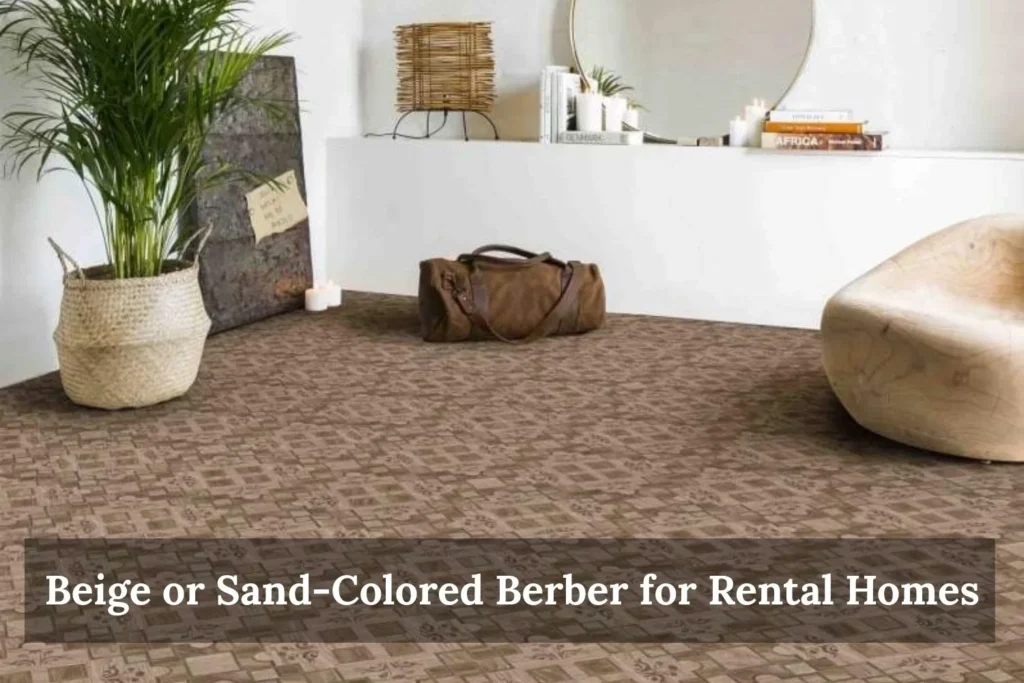
For landlords, picking flooring means finding that one safe option. Beige Berber is that, and it doesn’t feel cold like tiles. Also, it doesn’t mark up like plain cream carpet. Even after a few years, it holds its look.
3. Speckled Berber for Family Zones
The small flecks, such as brown, tan, and grey, mixed across beige, make the carpet more forgiving. Because spills blend in. You won’t notice every footprint. It’s good for rooms with kids, toys, constant shuffle.
Read More: How to Level a Floor Before Tiling?
4. Tight-Loop Berber for Stairs and Hallways
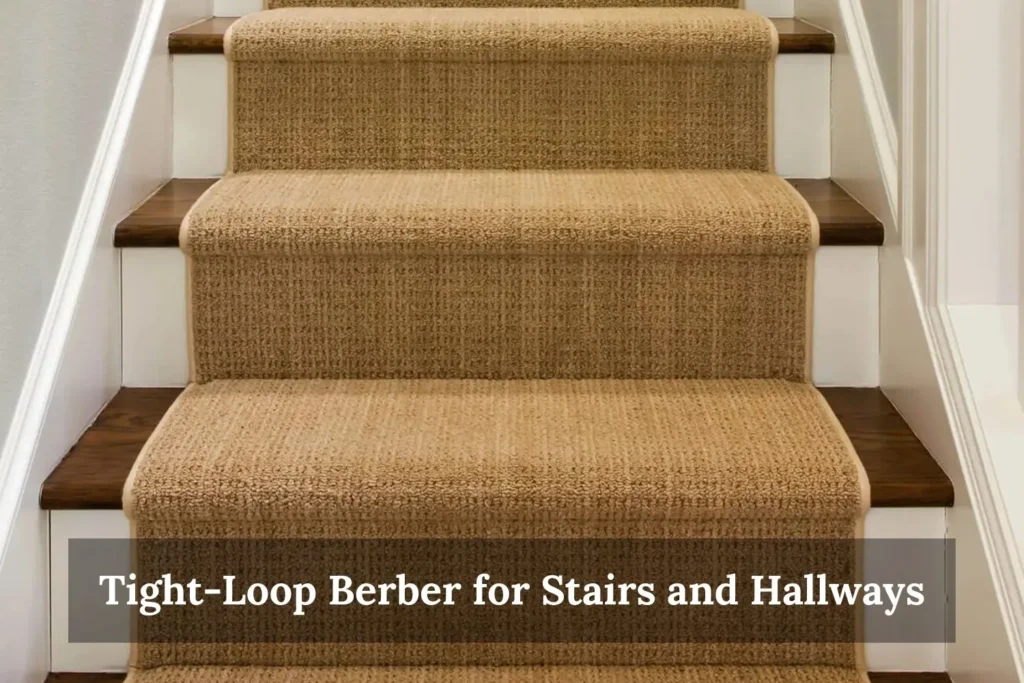
Where the floor gets stepped on nonstop, you need loops that won’t fray. Berber, especially low loop, grips stairs without looking worn. And it’s safer due to less slipping and more grip.
5. Multi-Tone Berber in Home Offices
A mix of off-white and light grey adds depth without being too bold. This combination makes small rooms feel more grounded. It doesn’t distract during work. And, the looped texture keeps chairs rolling easily.
Learn More: Which Tile for the Entry of Our New House?
6. Dark Berber Shades for Basement Floors
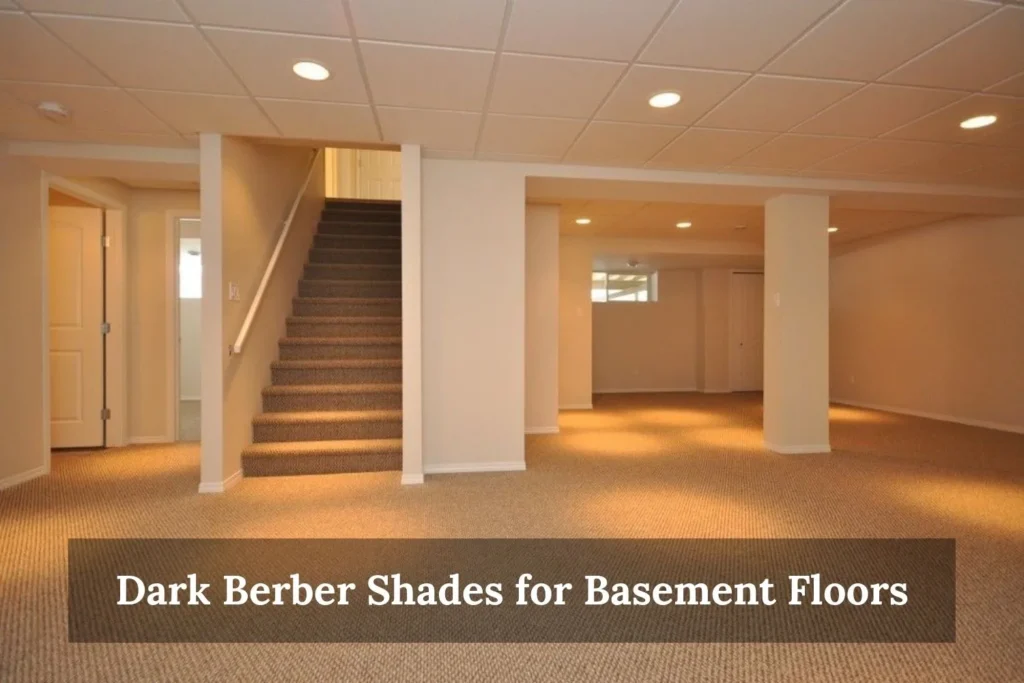
Basements can feel dull. A deep brown or dark grey Berber adds warmth without drawing too much focus. It’s not soft plush, but for a converted game room or lounge, it holds up better.
7. Wool Berber for Warmth in Bedrooms
Not every Berber is rough. Wool ones feel nice under bare feet. And, wool is super soft underfoot without being too fuzzy. And they insulate, which helps when the floors get cold at night.
Explore More: Top 10 Modern Rugs Flooring ideas for home decor
8. Berber Squares for DIY Carpet Tiles
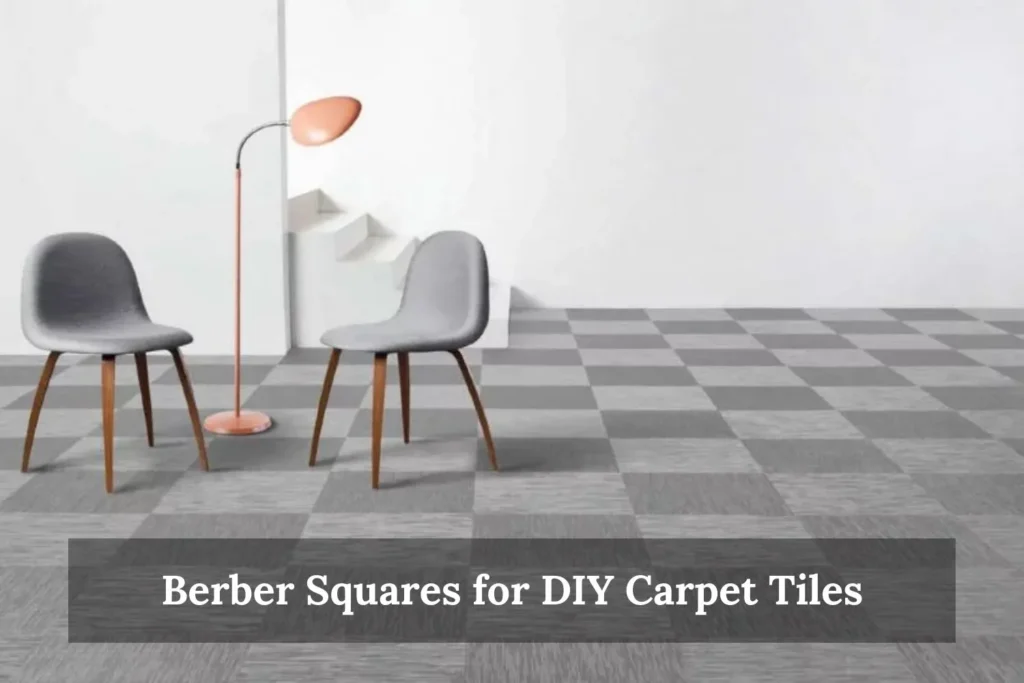
Some people like to change stuff now and then. Berber tiles make that easier. If a piece gets ruined, just swap it. No need to redo the whole floor. Offices or playrooms benefit from this.
9. Light Berber Under Patterned Rugs
Even with rugs, you still want a base layer. Berber makes a good one. Keeps the underfoot soft while letting the main rug stand out. No slipping around either.
Explore Further: Top 10 Hardwood Floor Ideas for Home Decor
10. Eco-Friendly Berber Made from Recycled Materials
For those thinking green, some Berber carpets now come made from old bottles or natural jute. Doesn’t look odd. Still gives the looped texture, just with less waste behind it.
Closing Thoughts!
Berber’s not showy. But it stays clean, handles wear, and doesn’t fade quickly. That’s why people still use it, because it works. From busy hallways to quiet workrooms, it finds a place. The trick is picking the right shade, loop size, and spot. Do that, and Berber just blends in—quiet, useful, and long-lasting.

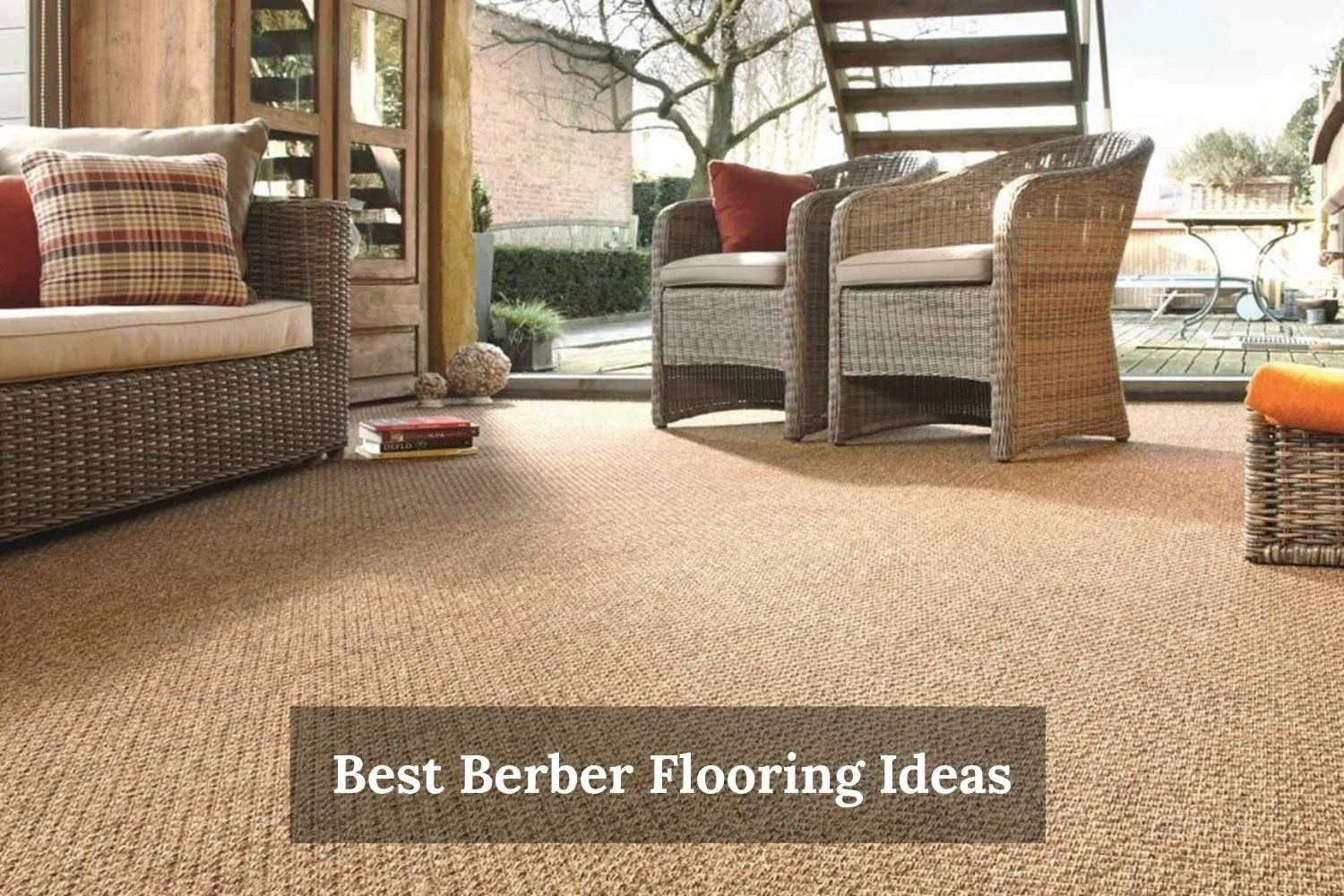



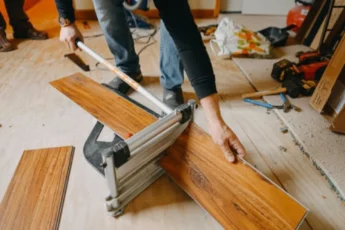
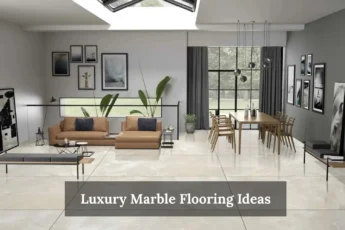
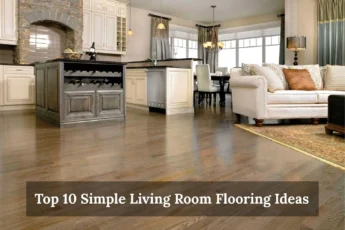
Leave a Comment